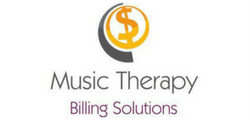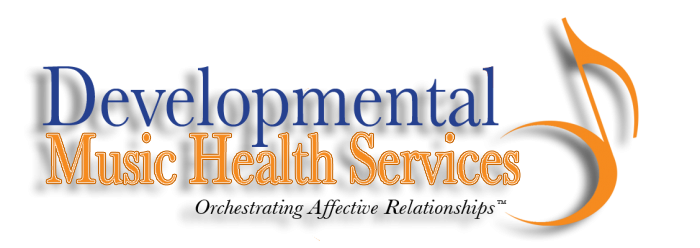The field of music therapy is broad and diverse—diverse in approaches, in clinical and musical styles, in types of settings, and types of clinical populations. This diversity makes us hard to define (whole books have been written on defining music therapy), but it also allows for multiple perspectives on how to categorize the work we do.
What do I mean by “categorize”? Well, I’m in the process of developing an online introduction to music therapy course, and one of the more challenging (and fun) aspects of the course development involved thinking through and determining how to organize information in a way that’s accessible for the student, yet speaks to the breadth and depth of the field. All in 11 lectures.
When I was a student, the field was explained to me by either clinical population or clinical site. A music therapist worked at a group home or worked with children with autism, worked in a hospital or worked with older adults with dementia. I suppose another way to think about this is as specialization, i.e., that a music therapist specialized by clinical population or clinical site.
This cataloging concept was first challenged for me when I delved into the world of private practice and, in particular, the marketing aspect. See, marketing isn’t so much about selling things, it’s about fixing problems. One great example of this that resonated with me came from The Creativity Queen, an art therapist in Sarasota, Florida. She doesn’t just provide art therapy services, but helps “children and families creatively connect so your child feels happier and more confident.” In other words, her work doesn’t focus on a particular site or population, but rather on a NEED.
Well, this seed of an idea started to change things for me. Maybe I didn’t have to specialize by population or setting, but rather by need. This even fed into my doctoral research. I didn’t focus on a particular clinical population or site, but on emotion regulation development—a need that transcends multiple populations and potential sites.
I also see this categorizing shift in the recently launched Scope of Music Therapy Practice (2015). This document describes music therapy clinical practice not by population, site, or even therapeutic goal, but rather by areas of practice: developmental, rehabilitative, medical, mental health, wellness care, educational, etc.
So this is where I am right now and this is how I opted to organize my intro course—by areas of practice. The beauty of this (at least for me) is that I have flexibility within each area should I choose to update content. For example, right now the developmental module focuses on autism spectrum disorders and intellectual disabilities. But this could change as my practice, the music therapy field, and healthcare overall evolves.
It also begs the question—especially to those who train, supervise, educate, and advocate—how to YOU understand and categorize our field?



 orcid.org/0000-0001-8665-1493
orcid.org/0000-0001-8665-1493






{ 2 comments… read them below or add one }
Thank you so much for this!
I’ve been looking for more information on studying and gaining a better understanding of Music Therapy (currently music major) with not much luck.
I look forward to reading and learning more (especially about this Introduction to Music Therapy classes)!
Fantastic! So glad you found me 🙂 Best of luck in your explorations of the field! ~Kimberly
You must log in to post a comment.